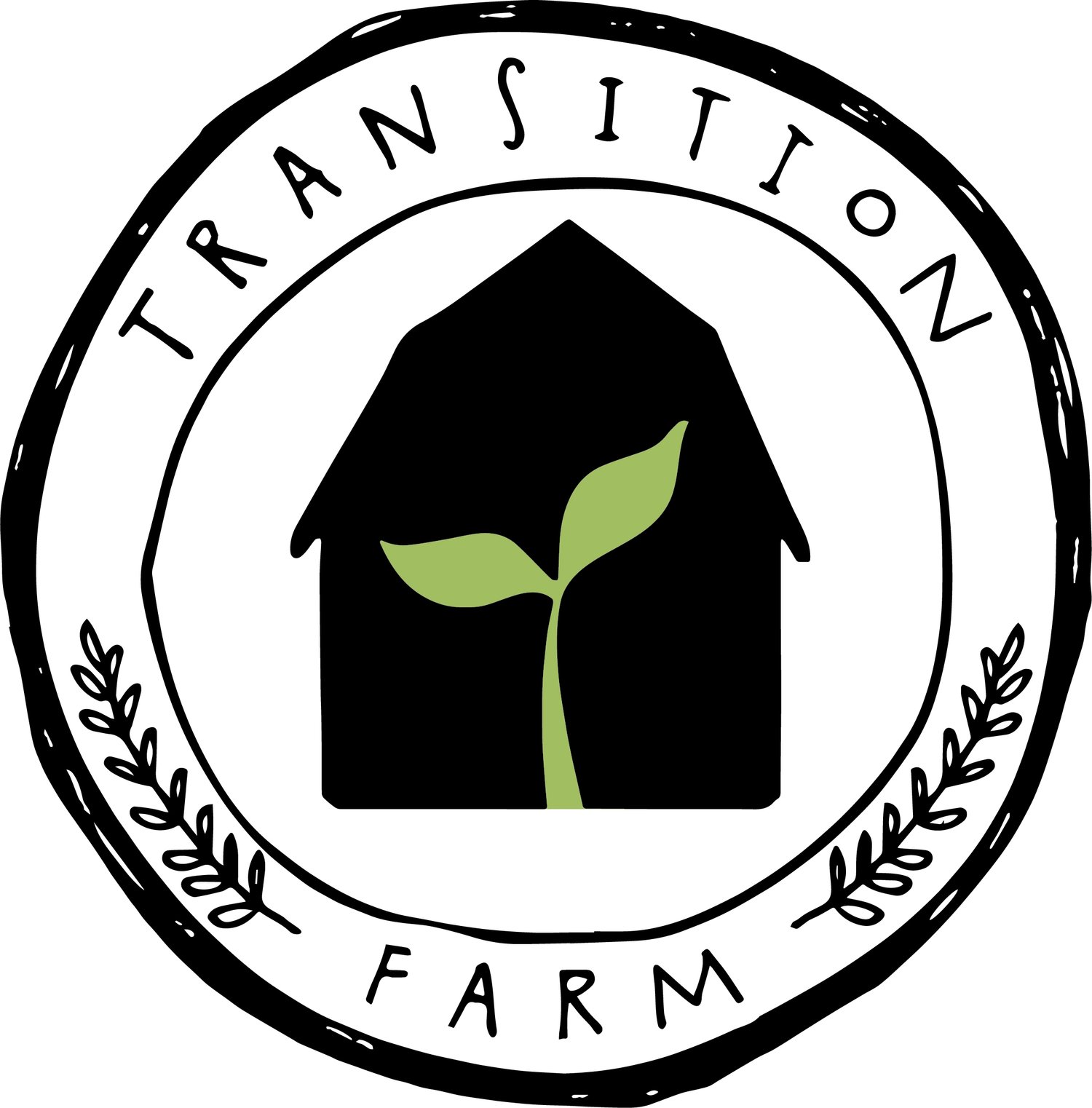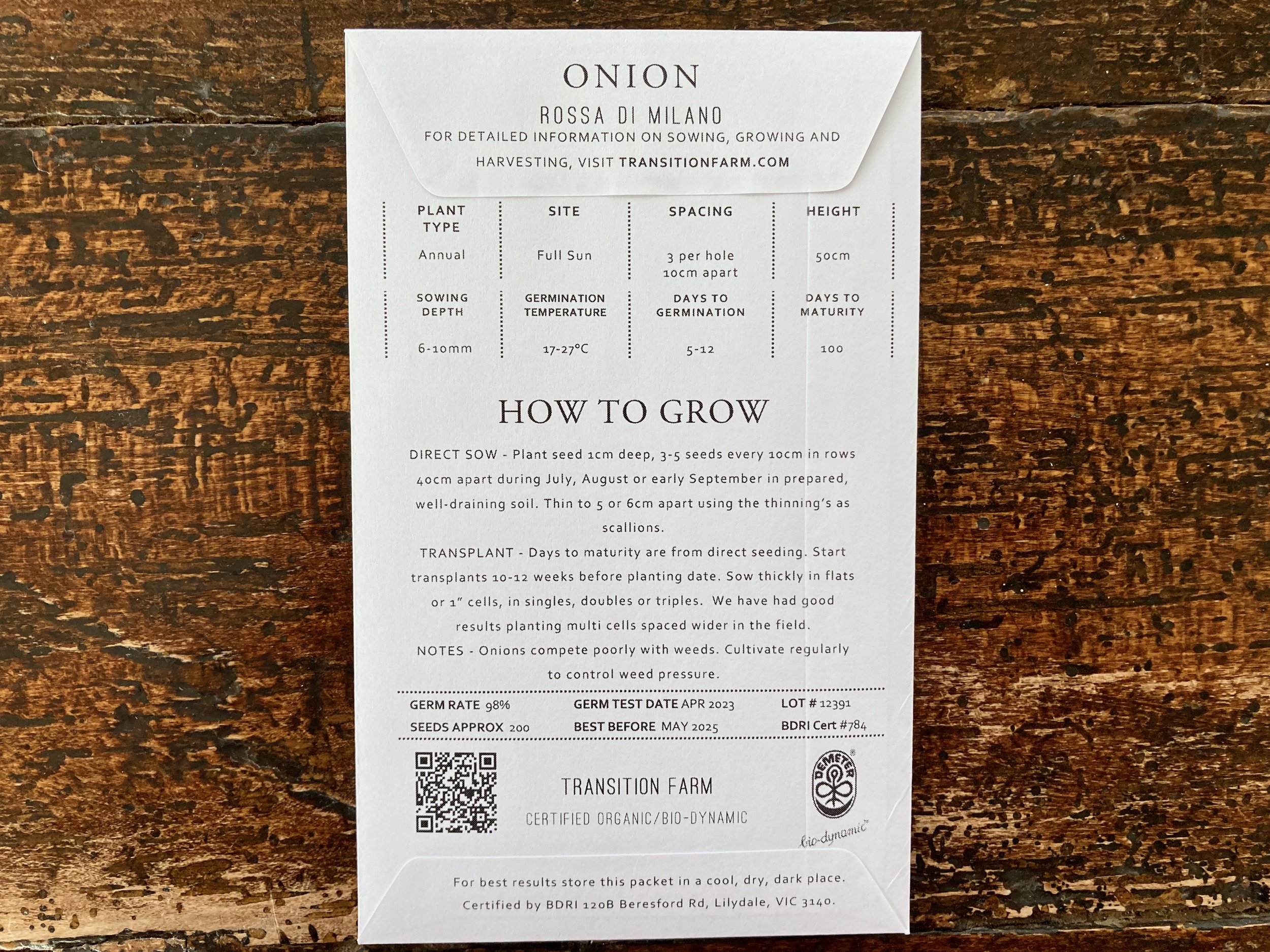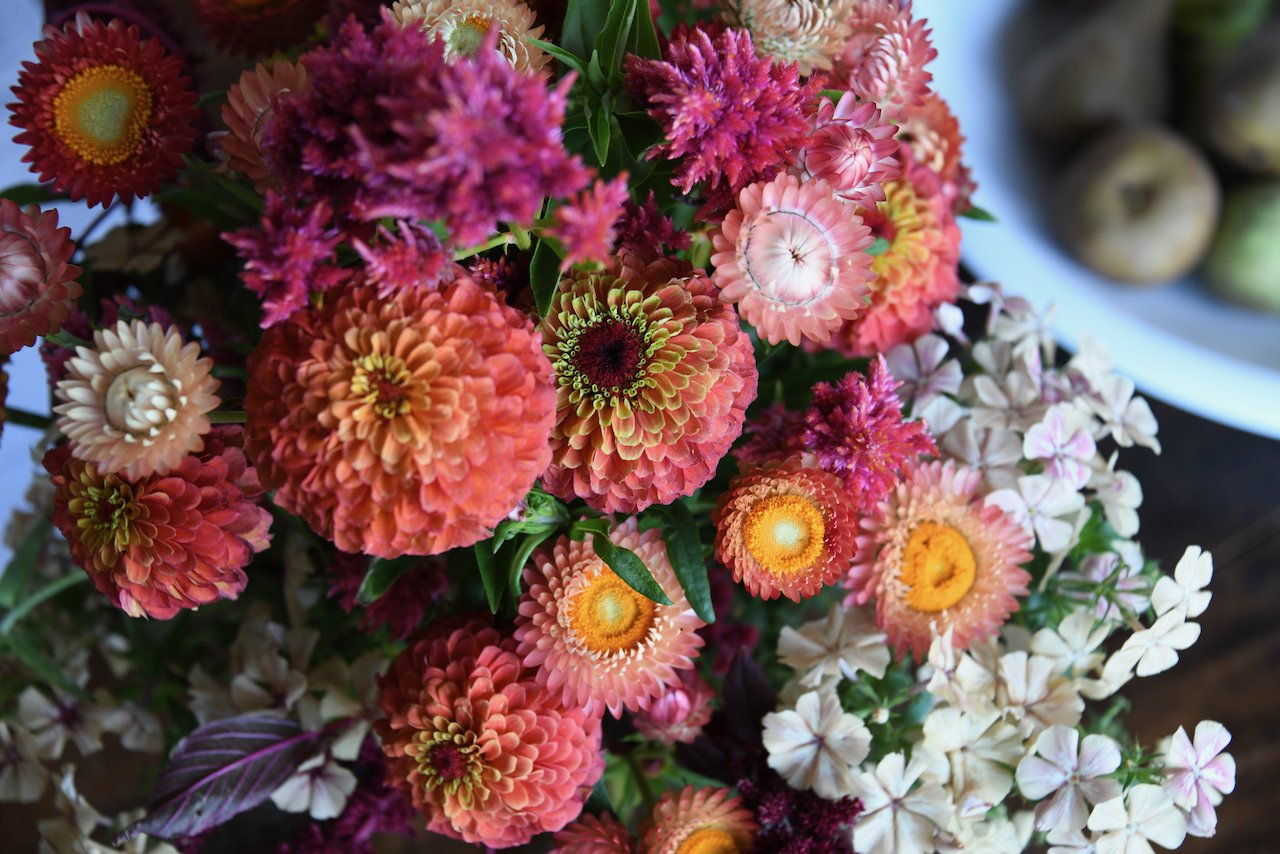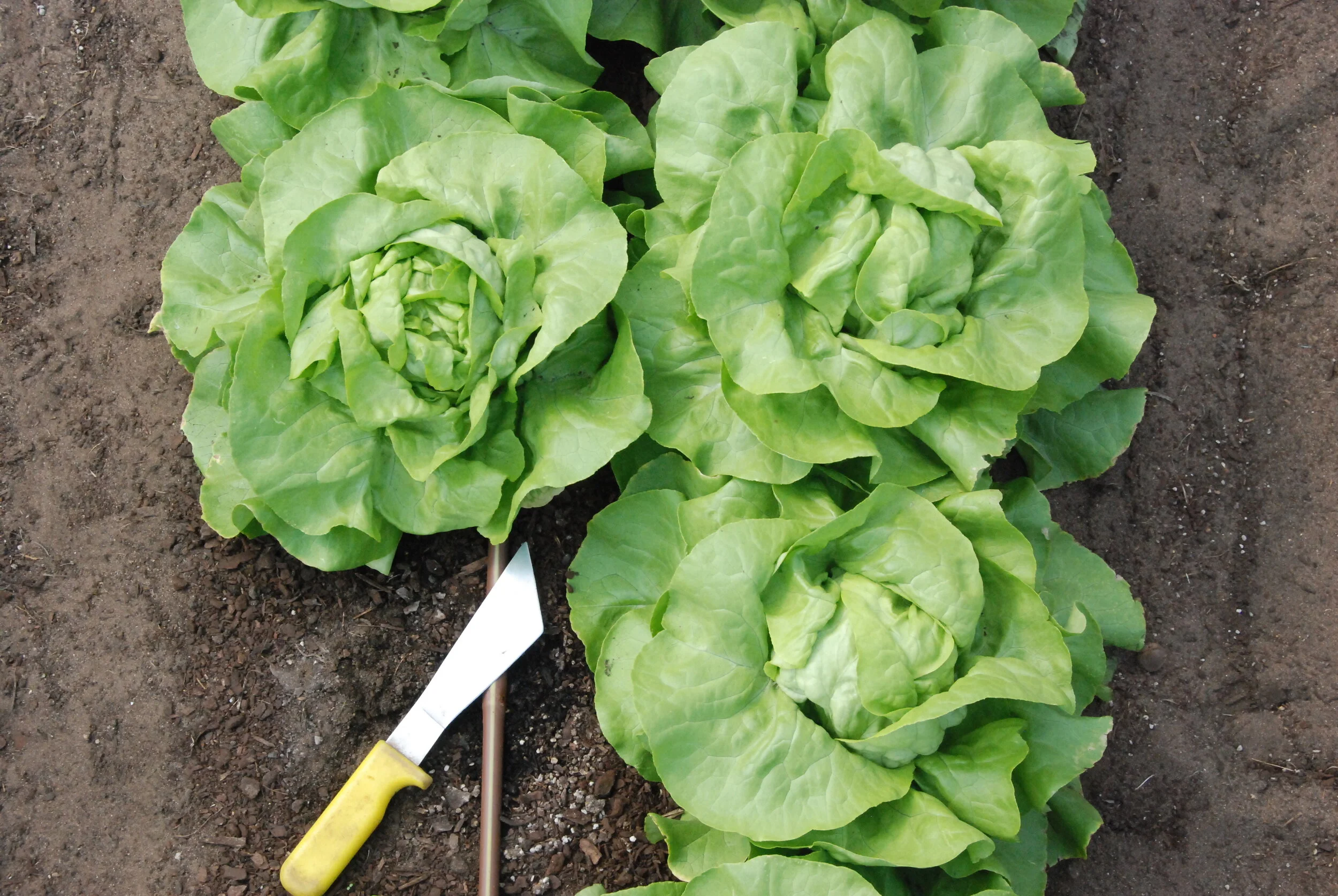Decifering a Seed Packet - Growing a Garden From Seed
/For me as a farmer, each season is another chance to grow the garden of my dreams. New varieties, new techniques, different methods, I spend a lot of time researching these details before I actually sow a seed. I know that once I am in the throws of the season, it is harder for me to have the time. I also find when I think about a growing season in this way, I get excited to make the most of each season. That is why we try and give you the best opportunity to have success with your seeds.
With thousands of seed packets now in the hands and hopefully soil of many growers, we thought we would break down the growing information on our packets to help you understand how to create the perfect environment for seed germination and plant growth - we really want you to have thriving plots filled with tasty food, fragrant herbs, beautiful flowers.
You will find growing information on the back of our packets as well as on our website. We have distilled the packet information from the website so do refer back to the website if you need more clarity. We have also added a QR code on the back of each packet. If you want more sowing and growing information, simply scan the code, and go directly to the variety description OR a blog post with the most up to date growing information.
I will often sit with my seed packets in front of the computer and write on them any further sowing information I think I need.
We also compile all the relevant information on a sowing spreadsheet. A template is attached below. We find that taking the time to fill this in and then printing it, streamlines our sowing time and keeps our sowing schedule on track. It also means that when we are sowing, we are focused on that task. We have all the information we need to start seeds on one sheet.
For germination, focus on the second line of the table on the back of our seed packet.
SOWING DEPTH
A general rule of thumb is to sow twice the depth as the seed width - but we have indicated on the packet a depth which we have found works for us.
Light aids germination for some plants so do take note in the HOW TO GROW section as we will indicate this there. This is important as not only do some seeds thrive with light, some seed prefer darkness. Again, we will mention this and how we achieve it.
Look for information such as LIGHT DUSTING OF VERMICULITE - indicated seed does not like to be covered and needs light
or COVER WITH SOIL - Indicates seed likes darkness
If nothing like the above is mentioned, we just cover the seeds to soil height with vermiculite
GERMINATION TEMPERATURE
Ideal germination temperature throughout the day and night will help your seeds to germinate quickly.
For some seeds, heat is a germination inhibitor.
For other seeds, cool temperatures cause germination to take longer and the seed may rot before it germinates.
We use a max and min thermometer measuring the daily ambient temperature at its warmest and coolest in our propagation space.
We also use a heat pad with a thermometer.
We place a foam layer under our heat mat to not only retain the heat and protect the surface the mat is on but also the mat itself. We have had our current heat mat for over 10 years now.
We use a max and min thermometer measuring the daily ambient temperature at its warmest and coolest in our propagation space.
DAYS TO GERMINATION
Germination anxiety is REAL! To save yourself questioning if you have done everything “right”, take note of the days to germination. We have based this on ideal germination temperature.
Throughout this time, you do need to ensure that the growing medium stays evenly moist - not too WET and not too DRY - just right!
HOW TO GROW
In addition to the amount of time you can expect to nurture a seedling before transplanting it into your garden, there may be other tips in this section to help you have strong starts for transplanting. Look for:
Length of time from germination to transplant (sometimes written as start seeds 4-6 weeks before last frost)
With crops like broccoli and lettuce, we want a good root ball and at least 4 true leaves. The seedling should look robust
DIRECT SEED OR TRANSPLANT
We have offered recommendations.
If you choose to direct sow, the germination temperature and days until germination still apply.
When direct seeding, we err on the side of over seeding. We have a viciously healthy snail population, will lose some germinated seedling to weeding and prefer thinning to resowing.
SITE
Full Sun, PartialShade, Shade
Most of our seeds are for vegetables, flowers and herbs that appreciate Full Sun. BUT it is good in your planning to imagine those that would appreciate shade from our scorching Summer late afternoon and evening sun.
Cucumbers, lettuce and other quick greens are great ones for a spot sheltered from late afternoon summer sun
In our fields, we do not have that luxury!
We create shade using plants (sunflowers) and mulches (straw or living green mulches) - you can include that in your plan!
SPACING
In low input systems, plant spacing is crucial to the full expression and yield of each plant. We have experimented - our suggestion is based on the spacing that worked best for the plant in our highly productive, minimal input system.
HEIGHT AND DAYS TO MATURITY
These are important for companion planting. You can combine quick crops like lettuce with crops that take longer such as tomatoes. If you allow the lettuce the correct spacing, you can harvest it before the tomatoes are stealing all the sunlight.
Height is also important when considering trellising or crop support.
Hopefully you have seeds germinating in anywhere from 3 - 21 days!!
Here are a few other tips to ensure strong seedlings:
LIGHT
Remember, if you are using shop lights, keep them as close to your germinating plants as you can. It really makes a difference!
GENTLE BREEZE
We use fans in the glass house to ensure there is air circulating.
This helps ward off fungus’ like dampening off
This also helps to grow strong sturdy stems that can handle being outside!
Organising Information
Here is an excel template that may assist with organising sowing and transplanting information. We have used excel for the past decade to help us organise our sowing dates, transplanting dates and field space. All the information,ation you need to complete a spreadsheet like this, is located on our packet.
I love watching our seedlings grow! While it is a commitment of time and energy, I adore the abundance in the garden of plants nurtured from seed!
What other tips would you suggest?
Happy Growing!
Robin






















